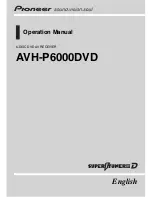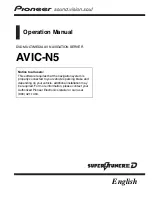
Spatial Reference Manual
Page 42 of 158
Version 4.4
04/06/2019
machinery.
5. Spatial should be mounted close to the centre of gravity of the vehicle where
possible.
6. Spatial should be mounted within several metres of the GNSS antenna where
possible.
9.2.1
Alignment
The easiest way to align Spatial is by installing it with the sensor axes aligned with the
vehicle axes. This means that the X axis points forward towards the front of the
vehicle and the Z axis points down towards the ground.
If aligning Spatial with the vehicle axes is not possible or not optimal, it may be
mounted in a different alignment and the alignment offset should be configured using
the Spatial Manager software, see section 11.8.5. For easy alignment, the set zero
orientation button in the Spatial Manager alignment dialogue can be used to set the
current orientation as the level alignment, see section 11.8.5. Please note that this will
only correct for roll and pitch offsets. Any heading offset will need to be entered
manually and saved after using this function.
9.3
Mounting Plate
Spatial's mounting plate and hole guide is shown below in Illustration 14. The holes are
designed for M2 cap screws.
9.4
Power Supply
A high level of power supply filtering has been built into Spatial, however it is still
recommended that the power supply be free of significant noise. As the
communications ground is shared with the supply ground, it is important to ensure
that ground wiring is routed to avoid power supply noise from other systems
corrupting data communications.
Illustration 14: Spatial mounting
plate
















































